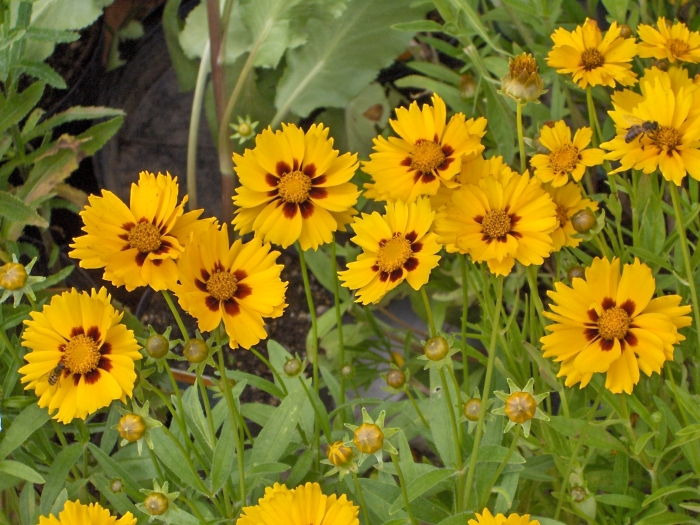Lanceleaf Tickseed
(Coreopsis lanceolata)
Lanceleaf Tickseed (Coreopsis lanceolata)
/
/

User:Qwertzy2
CC BY-SA 3.0











































































Estimated Native Range
Summary
Lanceleaf Tickseed is valued for its drought tolerance and long blooming period, making it a popular choice for wildflower gardens, borders, and naturalized areas. It is also used for erosion control due to its rhizomatous root system. This plant prefers sandy, well-drained soil, but can adapt to a range of soil conditions, including heavy clay, if improved with compost and proper drainage techniques like mounded beds. It requires full sun to flourish and is generally low maintenance once established. While it can be potentially invasive outside its native range, it is not typically aggressive in garden settings.CC BY-SA 4.0
Plant Description
- Plant Type: Herb
- Height: 1-2 feet
- Width: 1-1.5 feet
- Growth Rate: Moderate
- Flower Color: Yellow
- Flowering Season: Summer
- Leaf Retention: Deciduous, Semi-deciduous
Growth Requirements
- Sun: Full Sun
- Water: Medium
- Drainage: Medium, Slow
Common Uses
Bank Stabilization, Bee Garden, Bird Garden, Border Plant, Butterfly Garden, Deer Resistant, Drought Tolerant, Fire Resistant, Fragrant, Hummingbird Garden, Low Maintenance, Rabbit Resistant, Salt Tolerant, Showy Flowers, Street Planting
Natural Habitat
Open woodlands, prairies, and meadows
Other Names
Common Names: Lance-Leaved Coreopsis, Coreopsis Daisy, Coreopsis, Garden Coreopsis, Lance-Leaf Tickseed, Lanzettblättriges Mädchenauge, Coréopsis Lancéolé, Coreópsis, Solöga, 大金雞菊;線葉金雞菊
Scientific Names: , Coreopsis lanceolata, Coreopsis lanceolata var. villosa, Coreopsis crassifolia, Coreopsis heterogyna, Coreopsis lanceolata var. lanceolata, Bidens lanceolata, Coreopsis lanceolata var. glabella, Coreopsis lanceolata var. pumila, Coreopsis oblongifolia
GBIF Accepted Name: Coreopsis lanceolata L.